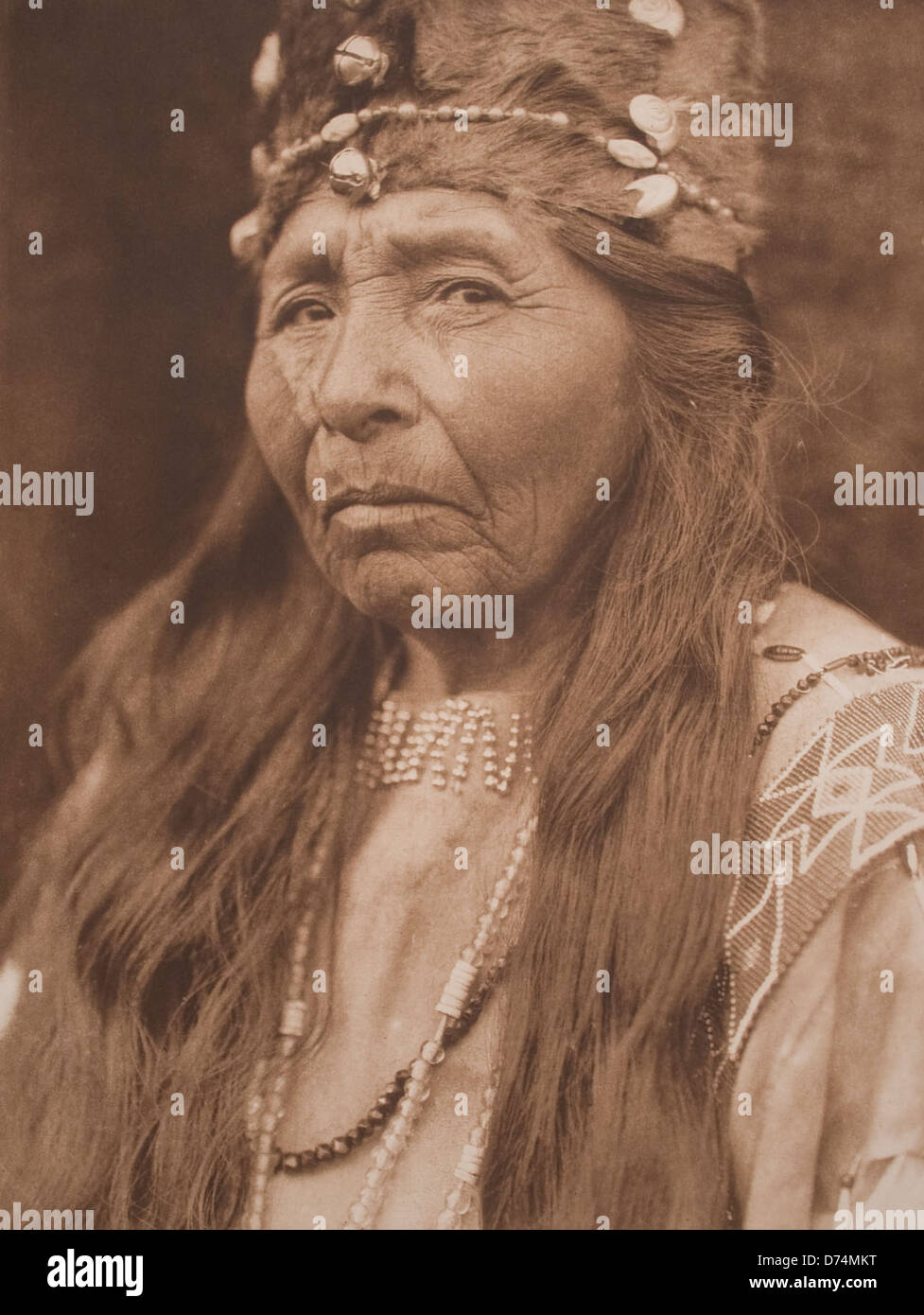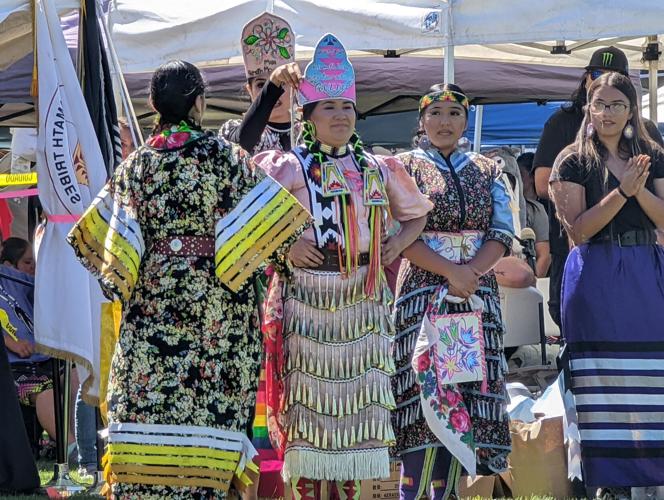
The River’s Pulse: Klamath Tribes Fight for Water, Culture, and Sovereignty in the Pacific Northwest
Along the rugged, high desert plains and verdant river valleys of Southern Oregon and Northern California, the Klamath River has for millennia been more than just a waterway; it is the lifeblood, the sacred artery, and the cultural anchor for the Klamath Tribes. Comprising the Klamath, Modoc, and Yahooskin Band of Snake Indians, these indigenous peoples have an unbroken connection to this landscape, a bond etched into their very identity by the rhythms of the river and its bountiful waters. Today, however, that ancient bond is strained by a modern reality: a fierce, ongoing struggle for water rights that pits tribal sovereignty and cultural heritage against the demands of agriculture, the perils of climate change, and the complex web of federal and state regulations.
The story of the Klamath Tribes’ water rights is a microcosm of the broader indigenous struggle across the American West, a narrative woven with threads of broken treaties, resource appropriation, and the persistent fight for justice. It is a story of resilience, of a people who refuse to be severed from the source of their existence, even as the river itself dwindles under the pressures of human demand and a changing climate.
A Sacred Covenant: The 1864 Treaty and Its Legacy
For the Klamath people, the waters of the Klamath Basin – Upper Klamath Lake, the myriad tributaries, and the Klamath River itself – are not merely a resource but a living entity, imbued with spiritual significance. Their traditional economy was intrinsically linked to the river’s health, relying on the prolific salmon runs, the abundant migratory birds, and, crucially, the endemic suckers known as c’waam (Lost River sucker) and koptu (shortnose sucker), which served as vital sustenance and cultural keystones.
This deep connection was formally recognized, albeit imperfectly, in the 1864 Treaty with the United States. In exchange for ceding vast tracts of land, the Klamath Tribes reserved for themselves a reservation that included Upper Klamath Lake and portions of the Klamath River, along with the explicit right to hunt, fish, and gather "as formerly." This treaty, a solemn promise from the federal government, forms the bedrock of the Tribes’ modern water rights claims.

However, the ink on the treaty was barely dry before the forces of Manifest Destiny began to reshape the West. Non-Native settlers arrived, drawn by the promise of fertile lands and the federal government’s encouragement of agricultural development. The early 20th century saw the initiation of the Klamath Basin Project, a massive federal irrigation scheme that transformed wetlands into farmlands and diverted vast quantities of water from Upper Klamath Lake and its tributaries to irrigate thousands of acres for agriculture.
This transformation fundamentally altered the basin’s hydrology, shrinking wetlands, lowering lake levels, and degrading water quality. The very foundation of the Tribes’ existence – the health of the fish and the purity of the water – began to erode. For decades, the Tribes’ treaty-reserved water rights were largely ignored or subordinated to the demands of the burgeoning agricultural economy.
The "Water Wars" Begin: A Crisis Point
The inherent conflict between treaty rights, agricultural demands, and environmental protection simmered for decades, periodically flaring into disputes. But it was the early 2000s that brought the "Klamath Water Wars" into stark national focus. A severe drought in 2001 forced the federal government to make an agonizing decision: whose water rights would take precedence?
Due to the critically low populations of the endangered c’waam and koptu suckers in Upper Klamath Lake, and threatened coho salmon in the Klamath River, the U.S. Bureau of Reclamation, under the mandates of the Endangered Species Act (ESA), drastically curtailed water deliveries to irrigators. Simultaneously, the Klamath Tribes asserted their "time immemorial" water rights, arguing that their treaty-reserved fishing and gathering rights implicitly required sufficient water to sustain the ecosystems upon which those rights depended.
The decision to prioritize fish over farms ignited a firestorm. Protesting farmers famously opened headgates, defying federal orders and underscoring the raw economic and emotional stakes involved. Yet, from the perspective of the Klamath Tribes, this was not a new crisis, but the culmination of generations of neglect. As Chairman Don Gentry stated at the time, "For us, water is life. It is not just an economic commodity; it is our culture, our religion, our very existence." The 2001 crisis, though devastating for all parties, finally brought the Tribes’ long-ignored water rights to the forefront of the national conversation.
"First in Time, First in Right": The Adjudication
The legal principle of "first in time, first in right" (prior appropriation) dictates water rights in much of the West. In the Klamath Basin, the Klamath Tribes’ treaty rights, established in 1864, predate virtually all other claims. This fundamental legal truth was a critical component of the ongoing water rights adjudication process in Oregon, one of the longest and most complex in the state’s history.
In 2013, the Oregon Water Resources Department issued a proposed determination affirming the Klamath Tribes’ senior water rights for instream flows necessary to support their fishing, hunting, and gathering rights on the former reservation. This ruling, while a significant legal victory, did not instantly resolve the basin’s water woes. Instead, it underscored the immense challenge of balancing competing demands in an increasingly arid region.

The implications of this determination are profound. It means that in times of drought, the Tribes’ water needs—for the health of the lake, the river, and the fish—must be met before junior water users, including many irrigators, can receive their allocations. This legal framework has shifted the power dynamic, giving the Tribes a powerful tool in negotiating the future of the basin.
The Heart of the Culture: Salmon, Suckers, and Spirituality
For the Klamath Tribes, the fight for water is inseparable from the fight for cultural survival. The salmon, which historically returned to the Klamath River in vast numbers, are seen as sacred messengers, central to ceremonies and traditional foods. Their decline, due to dams, habitat degradation, and low water flows, represents a profound cultural wound.
Equally vital are the c’waam and koptu suckers. These fish, often dismissed by outsiders, are revered by the Klamath people. They are not merely "rough fish" but spiritual relatives, their annual spawning runs once marking the rhythm of the year and providing essential sustenance through lean months. Their near extinction due to poor water quality and habitat loss is a constant, painful reminder of what has been lost.
"When the c’waam and koptu disappear, a piece of us disappears," explains a Klamath elder. "Our ceremonies, our stories, our connection to the Creator – they are all tied to the health of the water and the fish." The restoration of these fish populations and their habitats is not just an environmental goal; it is a spiritual imperative, a pathway to cultural revitalization.
A New Chapter: Dam Removal and Restoration
Amidst the legal battles and persistent droughts, a beacon of hope has emerged: the historic project to remove four dams on the lower Klamath River. These dams, owned by PacifiCorp (Keno, J.C. Boyle, Copco 1, and Iron Gate), have long been identified as major impediments to salmon migration, degrading water quality, and contributing to the decline of fish populations throughout the basin.
After years of relentless advocacy by the Klamath Tribes, environmental groups, and some state and federal agencies, a groundbreaking agreement was reached. The Klamath River Renewal Corporation (KRRC) was formed to oversee the largest dam removal project in U.S. history, with demolition beginning in 2023.
This monumental undertaking promises to reopen hundreds of miles of historical spawning habitat for salmon, improve water quality, and begin to heal the river’s ecological wounds. For the Klamath Tribes, dam removal is a profound victory, a tangible step towards restoring the river’s health and, by extension, their own cultural and spiritual well-being. It represents a validation of their unwavering commitment to the river and a powerful symbol of hope for future generations.
"This is more than just taking down concrete," says a tribal leader. "It’s taking down the barriers to our fish, to our culture, to our future. It’s allowing the river to breathe again, and allowing us to breathe with it."
The Ongoing Struggle: Climate Change and Collaboration
Despite the triumph of dam removal, the challenges facing the Klamath Tribes are far from over. Climate change casts a long shadow over the basin, promising more frequent and intense droughts, higher temperatures, and increased wildfire risk, all of which will exacerbate water scarcity and stress already fragile ecosystems.
The path forward requires continued vigilance, adaptive management, and, crucially, collaboration. While the "water wars" have often been characterized by conflict, there are growing efforts towards finding common ground. The Klamath Tribes are actively engaged in various restoration projects, land management initiatives, and educational programs, working to heal the land and foster understanding.
Their vision extends beyond simply asserting rights; it encompasses a holistic approach to stewardship, rooted in traditional ecological knowledge and a deep reverence for the natural world. They seek not just enough water for their own needs, but enough water for the entire ecosystem, recognizing that the health of the river ultimately benefits everyone.
The story of the Klamath Tribes’ fight for water rights and cultural heritage is a testament to their enduring spirit and their profound connection to the land and water. It is a powerful reminder that for indigenous peoples, sovereignty is intertwined with environmental justice, and that the struggle for resources is often a struggle for identity itself. As the Klamath River begins its long journey of healing, the Klamath Tribes stand as its most ardent guardians, ensuring that its pulse continues to beat for generations to come.